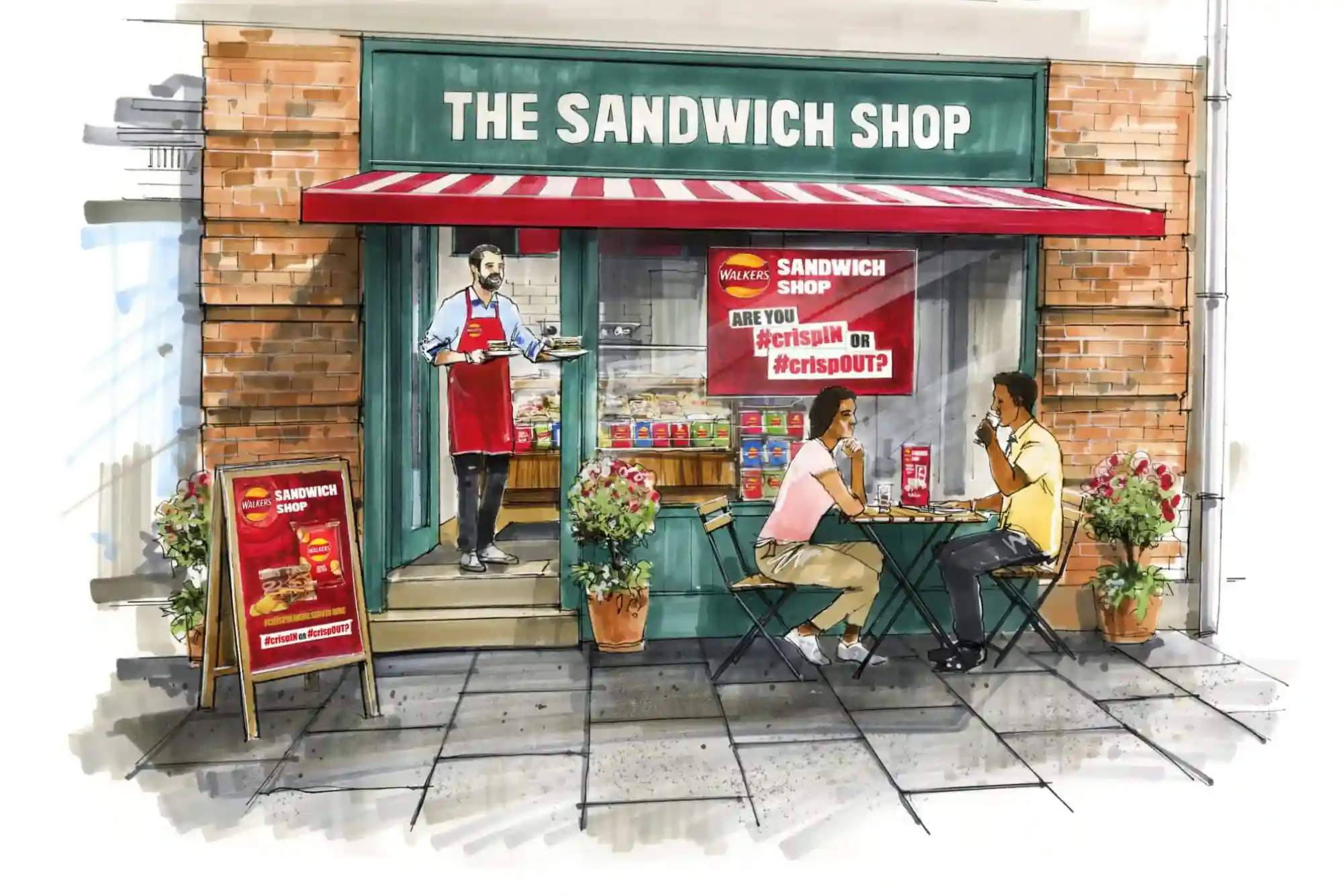Introduction
Traveling, whether for business or leisure, brings excitement and anticipation. Yet, nothing dampens the joy of a trip faster than lost luggage. The anxiety of waiting at the carousel, hoping your bag appears, is an all-too-common scenario for travelers worldwide. Fortunately, with proper tagging and tracking strategies, luggage loss is largely preventable. In this guide, we’ll explore practical, expert-backed approaches to safeguard your belongings, ensuring peace of mind from check-in to arrival.
Understanding the Risks of Luggage Loss
Before diving into solutions, it’s important to understand why luggage goes missing in the first place. Airports handle millions of bags daily, and even small errors can lead to misplacement. Human error, airline mishandling, or transferring luggage between connecting flights are common causes. Additionally, similarities between bags, such as color and brand, increase the likelihood of accidental misplacement. Recognizing these risks lays the foundation for preventing loss through intelligent tagging and tracking.
The Importance of Proper Luggage Tagging
A luggage tag is more than just a label; it is a critical line of defense against loss. Proper tagging ensures that your bag is identifiable and returnable if misplaced. The key is combining visibility with privacy. Include your name, phone number, and email on a durable tag. Avoid displaying your home address publicly to reduce theft risk. For better results, use a tag made from sturdy materials that can withstand the rigors of travel.
Customizing Your Luggage Tags
Adding unique elements to your luggage tag makes your bag easily distinguishable. Bright colors, bold patterns, or personalized designs can prevent accidental mix-ups at baggage carousels. Travelers often underestimate the importance of visually distinctive tags. Simple customizations like colored ribbons, stickers, or monogrammed tags provide a quick visual cue for you and airline staff.
Using Digital Luggage Tags
Digital or QR-code-based luggage tags are gaining popularity. These tags store encrypted personal information accessible only through authorized apps or airline systems. They streamline identification while minimizing exposure of sensitive details. Some airlines now offer smart tags that integrate with their systems, automatically updating bag location throughout the journey.
Tracking Technology to Prevent Luggage Loss
Tracking technology has revolutionized how travelers safeguard their bags. Unlike traditional methods, tracking devices offer real-time location updates and notifications, making them indispensable for frequent travelers. Devices often connect via Bluetooth or GPS, providing a digital footprint for your luggage.
Choosing the Right Luggage Tracker
Selecting the correct tracker depends on travel style and destination. GPS-based trackers are ideal for international flights, while Bluetooth trackers suit domestic trips with shorter distances. Look for devices with long battery life and robust connectivity. Some trackers offer alerts if your bag moves beyond a certain radius, allowing immediate action to prevent loss.
Integration with Airline Systems
Many airlines now integrate tracking technology into their baggage handling systems. Travelers can register trackers with airline apps, receiving notifications whenever the bag is scanned or transferred. This level of integration dramatically reduces the time and stress involved in recovering lost luggage, providing transparency throughout the journey.
Packing Strategies to Reduce Loss Risks
Beyond tagging and tracking, how you pack also influences luggage safety. Organizing your belongings strategically can make identification easier and minimize the chance of misplacement.
Clear Bag Identification Inside and Out
Place an additional identification card inside the luggage. Even if external tags are lost or damaged, your contact details inside the bag increase the chances of recovery. Using clear packing cubes with distinct colors or labels also helps in quickly identifying your bag among similar-looking luggage.
Avoid Overpacking and Secure Loose Items
Overstuffed luggage is prone to tearing, exposing contents, and causing handling errors. Ensure zippers are properly closed and compartments are secured. Loose items not only risk loss inside the bag but can also interfere with scanning equipment at security checkpoints, increasing the likelihood of delays or misplacement.
Best Practices During Check-In
The moments at the airline counter are critical for luggage safety. Careful attention during check-in can prevent errors that lead to lost baggage. Always verify that the airline prints the correct destination tag and attaches it securely. Confirm that the tag matches your flight itinerary and your personal details. Request staff to double-check connections if you have layovers, particularly on separate airlines.
Hand-Carry Essentials
Whenever possible, pack valuable and essential items in a carry-on. Electronics, travel documents, and important clothing should remain with you. While this won’t prevent checked luggage from being lost, it reduces the impact of loss, as immediate necessities stay under your control.
Document Your Luggage Details
Take photos of your luggage, including tags, handles, and any unique features. This documentation is crucial if you need to report lost baggage. A visual record simplifies identification for airline staff and speeds up recovery. Including a list of packed items also supports claims for reimbursement if necessary.
On-the-Go Tracking and Alerts
Even after check-in, vigilance continues. Many modern luggage trackers provide push notifications and real-time maps. These alerts inform you if your bag is delayed, misrouted, or left behind. In case of transfer delays, proactive monitoring allows you to contact the airline immediately, often preventing permanent loss.
Utilizing Mobile Apps
Airline and third-party apps enhance luggage tracking. Features often include live updates, geofencing, and customer support integration. Travelers can monitor multiple bags simultaneously, making it easier to manage group or family trips without confusion.
Reporting Delays Promptly
If a bag fails to arrive at the destination, act immediately. Report to the airline’s baggage service desk and provide the tag number and description. Quick reporting increases the likelihood of a prompt recovery, as airlines prioritize lost luggage based on timely notification.
Reducing Luggage Loss on Connecting Flights
Flights with layovers or connections carry higher risk for baggage loss. Proper planning and awareness mitigate these risks. Keep layover times reasonable to allow airline staff sufficient time to transfer luggage. Double-check that connecting flights are booked on the same ticket, which ensures proper handling under airline protocols.
Clear Communication with Airline Staff
Always inform airline staff if your journey includes unusual routes, such as multi-carrier itineraries. Provide them with the luggage tag numbers and confirm that each airline is aware of your bag’s destination. This proactive approach ensures your luggage is properly routed at every stage.
Priority or Special Handling Options
Some airlines offer priority or special handling services for checked luggage. While these services often involve additional fees, they reduce the chances of misplacement and speed up delivery at the destination.
Travel Insurance and Contingency Planning
Even with perfect tagging and tracking, unexpected events can occur. Travel insurance covering luggage loss or delay adds a safety net. Choose policies with clear coverage terms and adequate compensation limits. Keep copies of receipts and documentation for all valuable items, as insurers typically require proof for claims.
Emergency Packing Backup
Consider packing a small emergency kit in your carry-on. Essentials such as a change of clothes, toiletries, and basic electronics allow you to continue your trip smoothly even if checked luggage is temporarily lost. This small precaution can greatly reduce travel stress.
Luggage loss is stressful, but it is largely preventable through thoughtful preparation and technology. Combining durable and distinctive tags, modern tracking devices, careful packing, and proactive airline communication dramatically reduces risks. Frequent travelers understand that every detail, from check-in to baggage claim, matters in keeping belongings safe. Taking these steps ensures a smoother journey, letting you focus on enjoying your destination instead of worrying about lost bags.
Travelers can take control of their luggage safety today. Implement these tagging and tracking best practices for a worry-free experience and travel with confidence.
FAQ
How can I make my luggage easily identifiable?
Use bright, distinctive tags, ribbons, or stickers. Custom patterns or monograms also help distinguish your bag from others.
Are digital luggage tags better than traditional ones?
Digital tags offer encrypted personal information and often integrate with airline systems. They enhance security and provide real-time tracking.
What is the best way to track luggage in real-time?
GPS-based trackers offer real-time updates, while Bluetooth devices work well for short distances. Integration with airline apps improves accuracy.
Should I pack valuables in checked luggage?
No. Keep electronics, travel documents, and essential items in carry-on bags. This reduces stress if checked luggage is delayed.
How can I prevent luggage loss on connecting flights?
Confirm tags and itineraries at check-in, allow reasonable layover time, and notify staff about special routing or multi-carrier flights.



























